A P-51C with the charming name “Evalina” was the first and, as it turned out, last fully airworthy North American Mustang to be captured by the Japanese. Intensive tests followed by demonstration flights at combat units convinced both veterans and commanders of the Imperial Japanese Army Air Force that their most recent “acquisition” was a truly fantastic aircraft – the fulfilment of every fighter pilot’s dreams.
The North American P-51C-11-NT Mustang with registration number 44-10816 (manufactured at the Dallas plant in Texas as 111-28949) was the personal aeroplane of First Lieutenant Oliver E. Strawbridge. At the turn of 1945, the fighter was stationed in China with the 26th Fighter Squadron, itself an element of the 51st Fighter Group. The unit’s combat trail had started in India and proceeded through Burma and China, ending in French Indochina, a territory that comprised present-day Vietnam, Laos and Cambodia.
The 51st Fighter Group
The 51st Fighter Group was created in January 1941 with its base at Hamilton Field, Sacramento (California). Initially, it comprised three squadrons – the 16th, 25th and 26th – equipped with the Curtiss P-40 Warhawk fighter. When the war with Japan broke out, the Group was assigned to the CBI (China-Burma-India) Theatre, and duly transported to India via Australia and Ceylon (present-day Sri Lanka). The 16th Fighter Squadron, which was the best trained, was soon dispatched to Kunming in China, while its place in the 51st Fighter Group was taken by the 449th Fighter Squadron, which operated the P-38 Lightning. It was in this order of battle that the Group entered combat in October 1942. At the time, Chinese forces – strongly supported by the Americans – controlled a large part of the country, however this territory formed an enclave of sorts. The entire southern border, from Burma through Siam (modern-day Thailand) to French Indochina (Laos, Vietnam, Cambodia), was held by the Japanese. The situation in the eastern borderlands was identical: a deep swathe of coastline from Indochina to Korea and Manchuria was also held by the Japanese. To the north, the territory bordered on Mongolia, which was to a considerable extent controlled by the USSR.
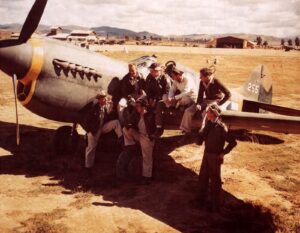 Pilots from the 26th Fighter Squadron / 51st Fighter Group with P-40 K, 1943.
Pilots from the 26th Fighter Squadron / 51st Fighter Group with P-40 K, 1943.
The Air Bridge Over the Himalayas
In other words, Allied ascendancy over this portion of China depended heavily on sustaining the air bridge over the Himalayas. There was no land or sea route available. The 51st Fighter Group was tasked with defending the western end of the “bridge” in the vicinity of the airfields located in the Valley of Assam. Encounters with aircraft of the IJAAF were on the whole infrequent, however already on 19 October 1942 Second Lieutenant Alvin B. Watson from the 26th Fighter Squadron shot down a Japanese reconnaissance plane; this was the 51st Fighter Group’s first victory in the Second World War. By the early spring of 1943, the Group achieved a further 11 kills. In the following months the Japanese launched an offensive along the borderland between Burma and India. The 25th and 26th Fighter Squadrons were sent on fighter-bomber missions in support of the defending Allied forces. This period brought with it a few more aerial victories, but also serious losses, caused in the main by anti-aircraft fire (often friendly). Once the Japanese assault broke down, the Group returned to cover and escort duties, however this time on the eastern end of the bridge, i.e. on the territory of China. In March 1944, the 25th and 26th Fighter Squadrons began to re-equip with the P-51 Mustang, while in October they were ordered onto the offensive in the south-east. They ended the war in French Indochina. During just under three years of combat, the pilots of the 51st Fighter Group had amassed a total of 170 kills (22 over India/Burma and 148 over China). Almost one half were ascribed to the Lightnings of the 449th Fighter Squadron, and the rest – in proportions of approximately one half each – to the 25th and 26th Fighter Squadrons. In this period six of the Group’s pilots became aces, two of whom – Captain John F. Colman and First Lieutenant Edward M. Nollmeyer – were from the 26th Fighter Squadron. The Group’s highest-scoring ace was Second Lieutenant Lee O. Gregg (7 victories), a P-38 pilot of the 449th Fighter Squadron.
But by the time the war drew to close, “Evalina” had not been flying with the unit for months… A rather unfortunate event had led to its capture by the Imperial Japanese Army Air Force.
“Evalina” Ends up in Japanese Hands
In truth, the circumstances of the incident have still not been fully clarified. We do know that on 16 January 1945 the pilot landed “Evalina” on the Chinese airfield of Suchin, which was still held by the Japanese. While the Americans concluded that this was the result of a navigational error, Japanese sources mention an emergency landing – and then muddle the story still further. Namely, some maintain that the aircraft belly-landed in a rice paddy near the base, but according to others the fighter made a normal landing necessitated by a technical fault.
Practically all historians reject the former version of events, logically assuming that Japanese ground crews would have been incapable of repairing damage sustained by an Allied fighter during a wheels up landing made in difficult terrain (especially as there are no extant documents suggesting that such repairs had actually been performed). This would appear to be supported by the fact that later, when “Evalina’s” tail wheel leg suffered only slight damage, it was simply left locked in the down position. Whatever the case may have been, the chance acquisition of a virtually brand-new and fully functional Mustang was a godsend to the IJAAF. It was no surprise, therefore, that the aircraft was collected and flown to Japan, where it underwent detailed testing, by one of the leading aces of the Imperial Japanese Army Air Force – Major Kuroe.
Major Yasuhiko Kuroe and “Evalina”
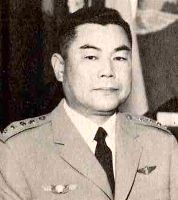 At the beginning of the war, Yasuhiko Kuroe was a pilot with 47 Dokuritsu Chūtai (47 Independent Squadron), which flew prototypes and pre-serial production variants of the Nakajima Ki-44 Shoki (Tojo) fighters over Malaya. After the campaign drew to a close, however, he did not return with his unit to Japan; instead, he was transferred to Burma, to 64 Sentai, on the insistence of its legendary commander, Colonel Tateo Kato. Fate tied him to 64 Sentai for nearly two years, during which time he achieved the majority of his 51 aerial victories.
At the beginning of the war, Yasuhiko Kuroe was a pilot with 47 Dokuritsu Chūtai (47 Independent Squadron), which flew prototypes and pre-serial production variants of the Nakajima Ki-44 Shoki (Tojo) fighters over Malaya. After the campaign drew to a close, however, he did not return with his unit to Japan; instead, he was transferred to Burma, to 64 Sentai, on the insistence of its legendary commander, Colonel Tateo Kato. Fate tied him to 64 Sentai for nearly two years, during which time he achieved the majority of his 51 aerial victories.
In the spring of 1944, Kuroe was ordered to return home, where he was assigned the role of air combat instructor and test pilot. He flew many Japanese aircraft, captured Allied aeroplanes, and even Bf 109E-3/4 and Fw 190A-5 fighters received from the Third Reich. He also carried out intensive tests of “Evalina”, and went on to demonstrate the Mustang at a number of fighter units of the Japanese Homeland Air Defence (Hondo Boei Butai), giving detailed presentations of its strengths and weaknesses, and outlining optimal battle tactics. Numerous veterans of 3, 18 and 59 Sentai later recalled that his lectures and displays helped them get out of the firing line of enemy P-51s, basically saving their lives.
Although he was shot down thrice and thrice wounded, Major Kuroe survived the war in good health. Counts made on the damaged aircraft which, somehow, time after time got him back to base determined a total of more than 500 bullet holes. After the war he became an ardent proponent of the recreation of the Japanese Air Force, and following the establishment of the Japan Air Self-Defense Force (JASDF) he was appointed commander of No. 3 Squadron, which operated Sabre jets; soon after, he was promoted to the rank of Major General. His colourful life came to an end on 5 December 1965. He drowned during a fishing trip, a favourite pastime of his, under circumstances that have not been fully explained to date. Major General Kuroe was just 47 years old.
Evalina on the Japanese airfield. National markings, red rising sun, Hinomaru, are visible on the wing and fuselage.
The Riddle of “Evalina”
The final act of our story took place several dozen years after the end of the war. In the nineteen eighties and nineties, growing interest in the wartime activities of the Imperial Japanese Army Air Force led to the publication of numerous press articles and monographs. “Evalina” also became rather widely known, both among World War II history buffs and modellers.
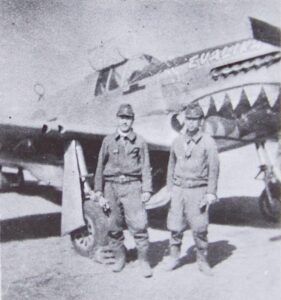 Strangely – albeit in a sense logically – it was taken for granted that since the aircraft had been regularly flown by Oliver E. Strawbridge, he must have been the leading protagonist of the whole unfortunate event. Whereas… Around the mid-nineties, First Lieutenant Strawbridge’s granddaughter, Sara, finally shed some light on the riddle. Namely, she stated that although she had never met her grandfather (due to family reasons), she knew with absolute certainty that he had not been the pilot of the Mustang on that fateful day of 16 January. Furthermore, she informed that her grandfather had served in the USAAF until the very end of the conflict and had never been a Japanese POW. From what she recollected, he had died in 1987 in the USA. The name given to the aircraft, “Evalina”, was that of his then girlfriend. Their love fizzled out, however, and after the war First Lieutenant Strawbridge married a woman by the names of Ruth Anne.
Strangely – albeit in a sense logically – it was taken for granted that since the aircraft had been regularly flown by Oliver E. Strawbridge, he must have been the leading protagonist of the whole unfortunate event. Whereas… Around the mid-nineties, First Lieutenant Strawbridge’s granddaughter, Sara, finally shed some light on the riddle. Namely, she stated that although she had never met her grandfather (due to family reasons), she knew with absolute certainty that he had not been the pilot of the Mustang on that fateful day of 16 January. Furthermore, she informed that her grandfather had served in the USAAF until the very end of the conflict and had never been a Japanese POW. From what she recollected, he had died in 1987 in the USA. The name given to the aircraft, “Evalina”, was that of his then girlfriend. Their love fizzled out, however, and after the war First Lieutenant Strawbridge married a woman by the names of Ruth Anne.
The topic was taken up by a few historians, with the renowned Henry Sakaida first and foremost among them. Finally, it was determined that the Mustang had been piloted by First Lieutenant Sam McMillan, Strawbridge’s friend from the 26th Fighter Squadron. Captured and imprisoned by the Japanese, he survived the war and returned home. When this research was being conducted, First Lieutenant McMillan was still alive, living in his hometown in Connecticut. However, due to his age and state of health, he did not assist in clarifying the circumstances of the incident. Sakaida published his conclusions in “Flight Journal” magazine sometime around the year 2000 (although it would seem that they are not widely known today). Ms. Susan Strawbridge-Bryant assisted in collecting a considerable part of the materials.
See also:
- P-51 B/C Mustang™ model kits in Arma Hobby webstore link
Wszystko co chcecie wiedzieć o Mustangu z Arma Hobby i nie boicie się pytać
A lover of strong coffee and dark chocolate, incurable optimist, romantic and dreamer, economist by education, historian and modeller by passion. From time immemorial he has been fascinated with aviation in every variety and form. For many years, he has been paying special attention to all aspects of the activities of the Army and Navy Aviation of the Land of the Rising Sun.
This post is also available in:
 polski
polski


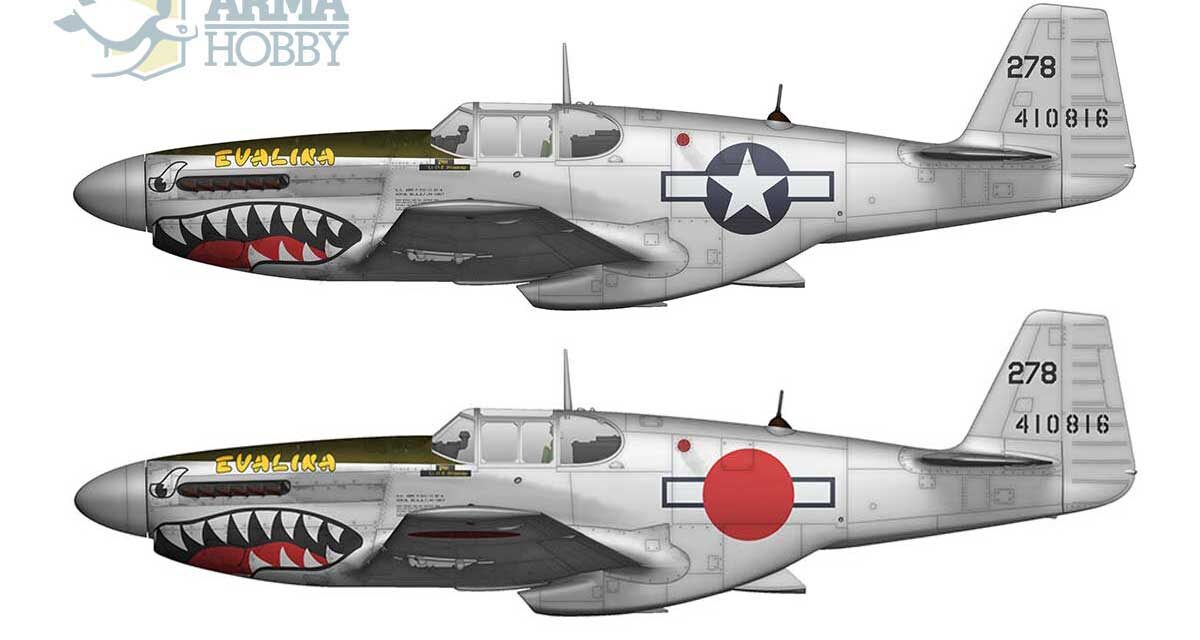
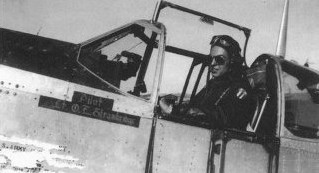
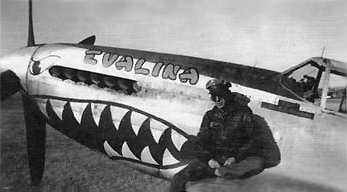
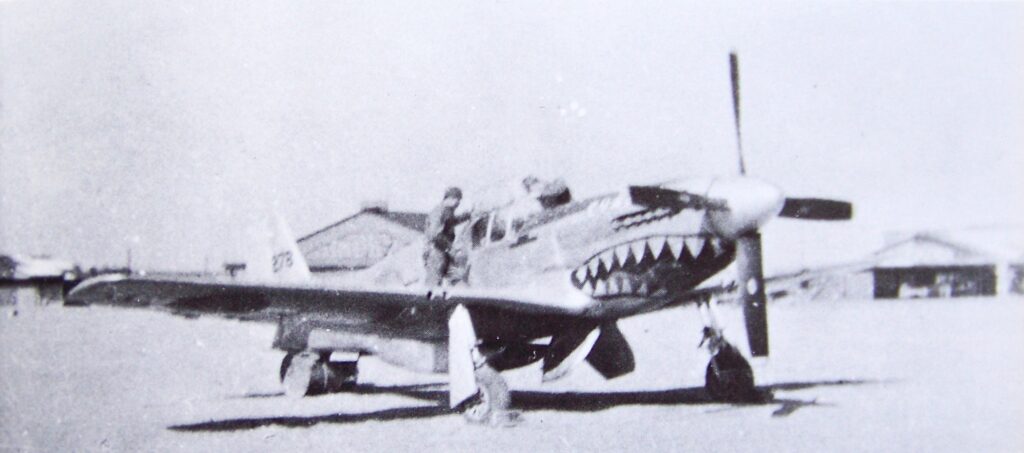




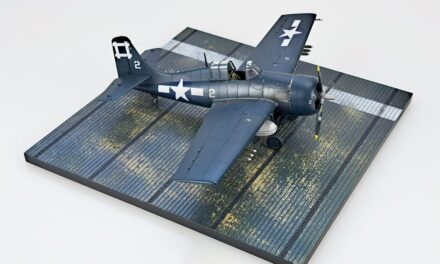

Thank you for collecting all this data. Very interesting